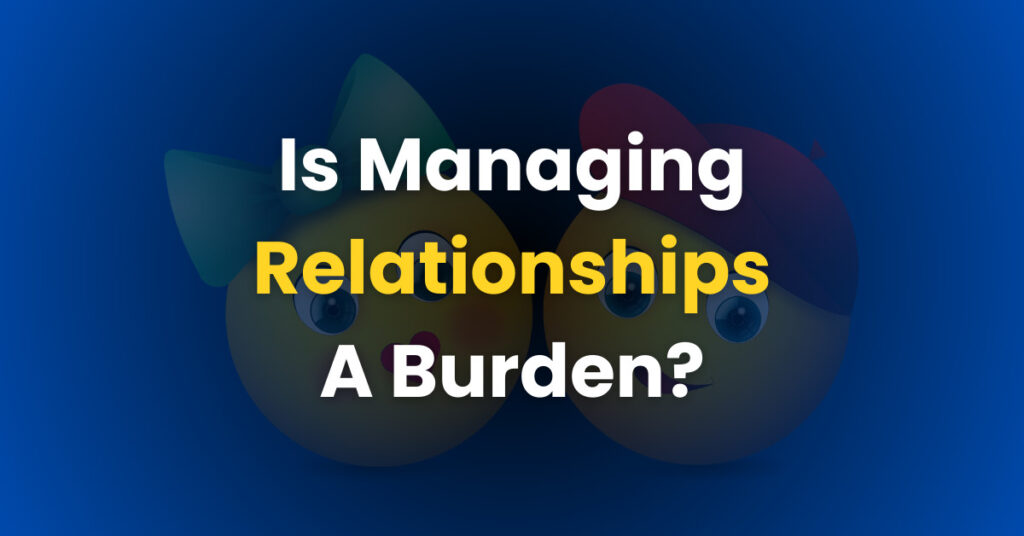
How To Manage Relationships in Daily Life? 3 Angles – Multiple Signals
A part of the journey of life growth
Hey reader friend, how are you?
Struggling to manage relationships?
“You’re not alone. It’s a problem of the whole humanity”.
Yes! But such a comforting sentence is not enough to handle the challenges while managing relationships and make you feel happy.
The largest study over 80 years conducted by Harvard University reveals that “Close relationships, more than money or fame, are what keeps people happy throughout their lives”.
So the subject requires a little more concern and patience to handle effectively.
Prepared To Manage Relationships in a Better Way?
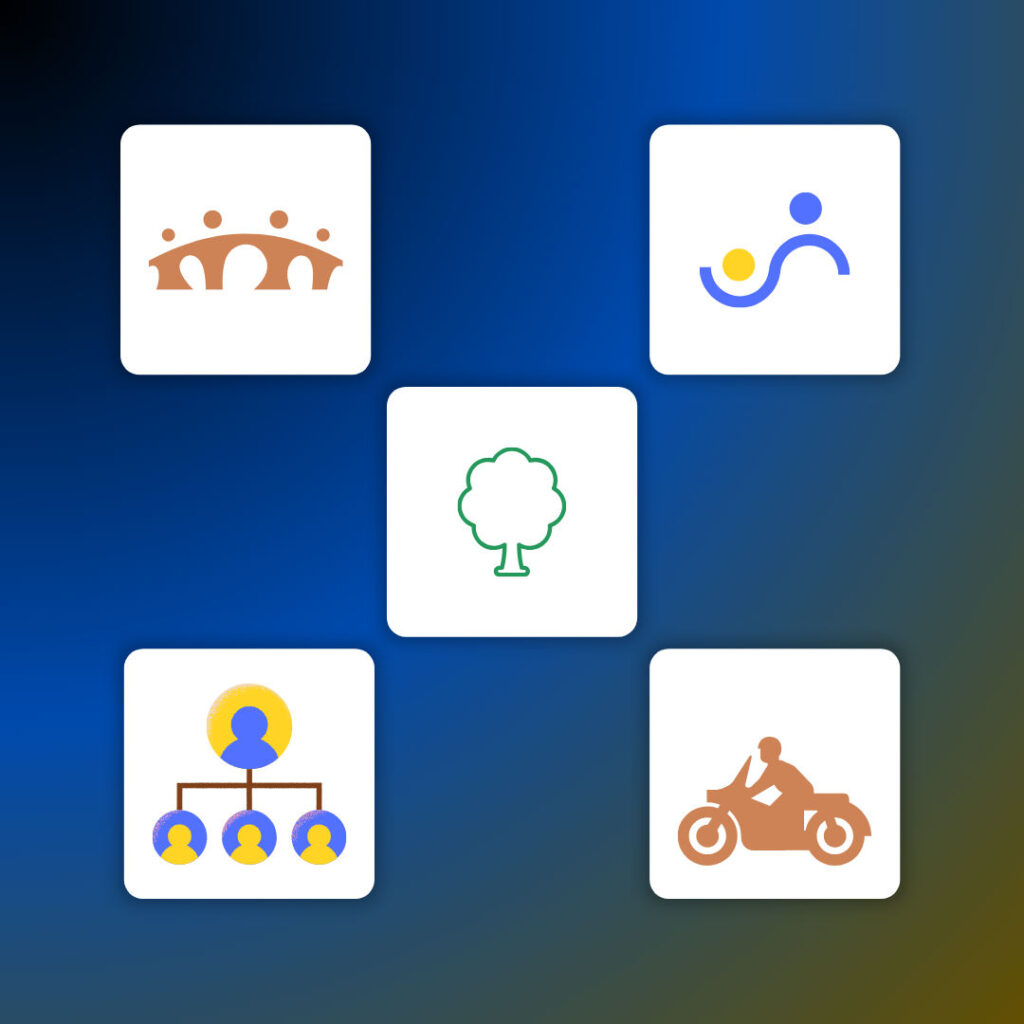
Fortunately or unfortunately, everyone is not surrounded by every type of relationship. Though someone is, understanding the nature of each relation and the perspectives of other persons is in itself a challenge. This article is helpful for a person who wants to learn about such aspects.
Do not read this if you’re looking for fancy and magical tricks to manage relationships that give overnight success. On the flip side, if you wish to get useful information that can be implemented in day-to-day life, probably you’ll take away something new today.
Of course, later we’ll be discussing the direct actionable steps like recognizing the role, prioritizing relationships, etc. Those are 50% of the whole managing process.
To make it effective, first, we need to look at the interconnected and interdependent nature, features, and benefits of important relationships from different angles. Which is the other 50% of management.
Let’s move on;
What is a Relationship?
The relationship is the bridge that shows the connection between two things or beings. You may also consider it as a linking factor between cause and effect. (Like parent-child relationship)
“The way in which two or more people or things are connected, or the stae of being connected”.
-Definition by Oxford Languages.
Types and Angles of Relationships:
The First 50%
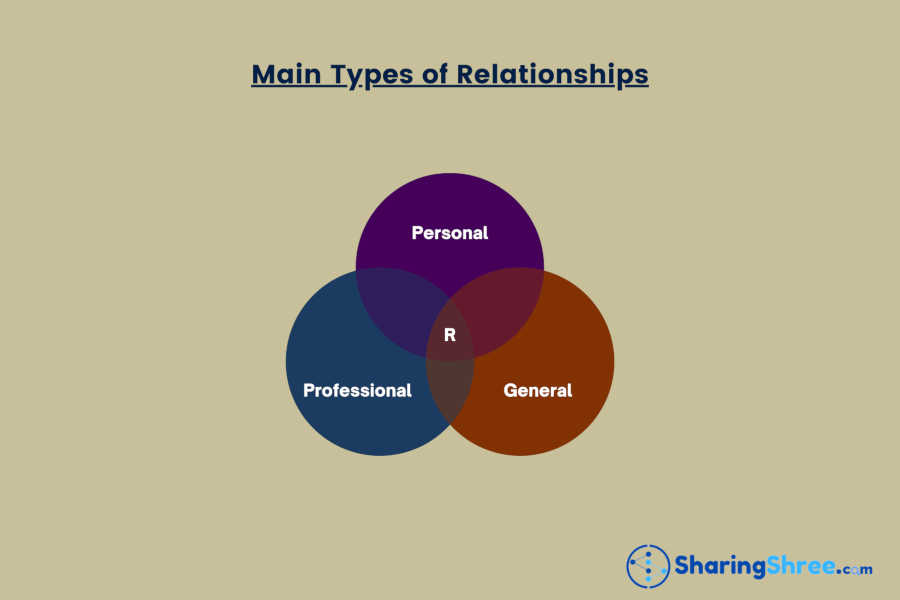
Some factors influence the nature of relationships. The country you’re living in, the culture in which you were brought up, etc.
Keeping that in mind, let’s begin;
Part A – Personal Relationship:
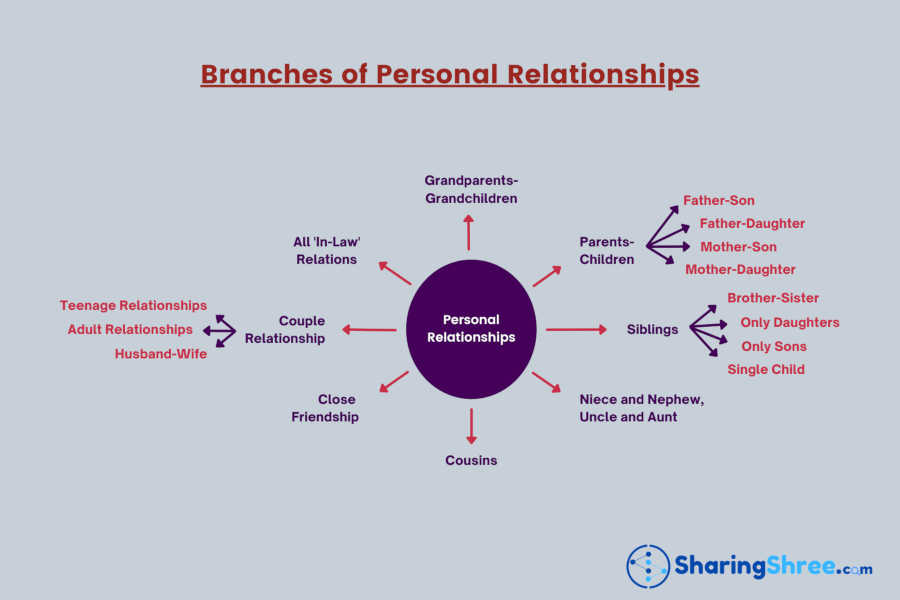
It’s the main part of the broad category. A relationship becomes personal when there is a direct biological connection, by marriage, or because of deep intimacy.
These relationships can be considered the foundation. Because they impact largely as one grows up.
1. Grandparents-Grandchildren:

This is an interesting link. On one side grandparents, who have lots of life experiences. On the other side grandchildren, they are yet to see the entirety of life (Of course, it is subject to grandchildren’s age).
How grandparents behave with grandchildren or children depends on how they interpret life.
If they have seen poverty and lived in it for a long time, they talk about saving money, and the importance of wealth creation more often.
They usually want to pass their learnings to the younger generation. That’s why ancient culture and traditions are alive even today.
Benefits of grandchildren:
- Grandchildren are a good source of freshness in life. This plays a significant role in optimizing health.
- Grandparents can learn new things such as operating the mobile from grandchildren.
- Grandchildren become great companions to grandparents when everyone else is neglecting them.
Why grandparents are important to grandchildren?
- A good learning source for grandchildren.
- They protect grandchildren when parents unnecessarily scold them.
- Even playing silly games makes both of them happy.
These may be vice versa in many families. For a few – grandparents are a burden. For another few – they’re God.
Anyway, if you’re in this relationship, try to make it beneficial for either party. (At least avoidance of dominance is a big benefit)
2. Relationship between Parents and Children:
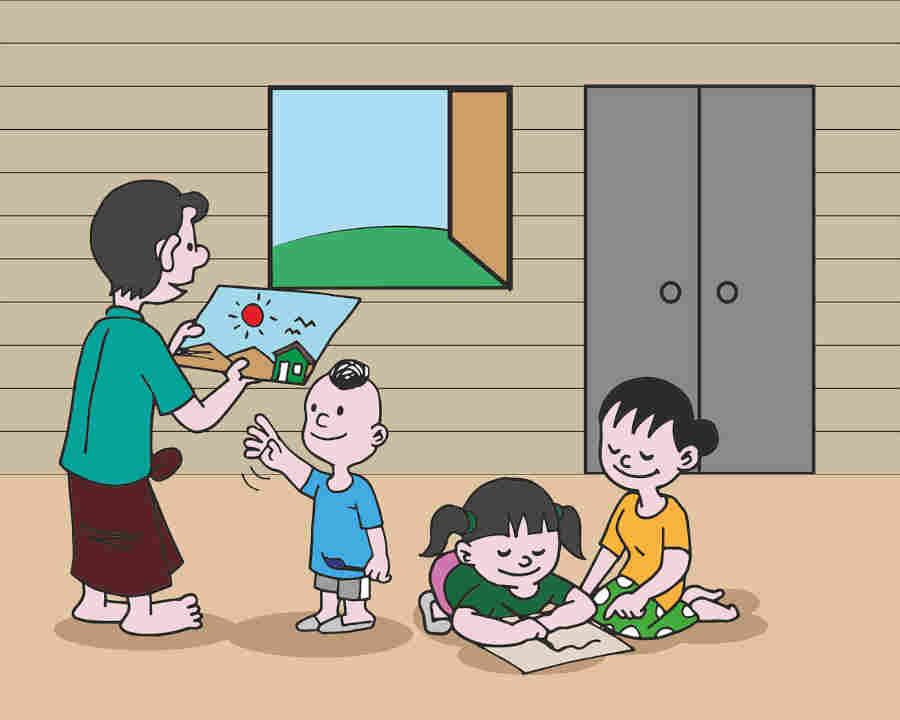
In one sense, the parent-child relationship is the basis of other relations. A child begins to learn about the world through parents. For the parents, the child itself is a new world.
Hence, the question of how to manage relationships becomes highly relevant from both sides.
This relation lays the foundation for the child’s behavior, personality, overall growth, and development.
Parents generally feel responsible and try to compromise if necessary (exceptions are always there). Growing a child in this messy competitive world is not an easy task for sure.
If I keep on going like this, it would sound like a dry explanation. Rather, let us consider each relation separately.
What do you say?
a. Father-Son:
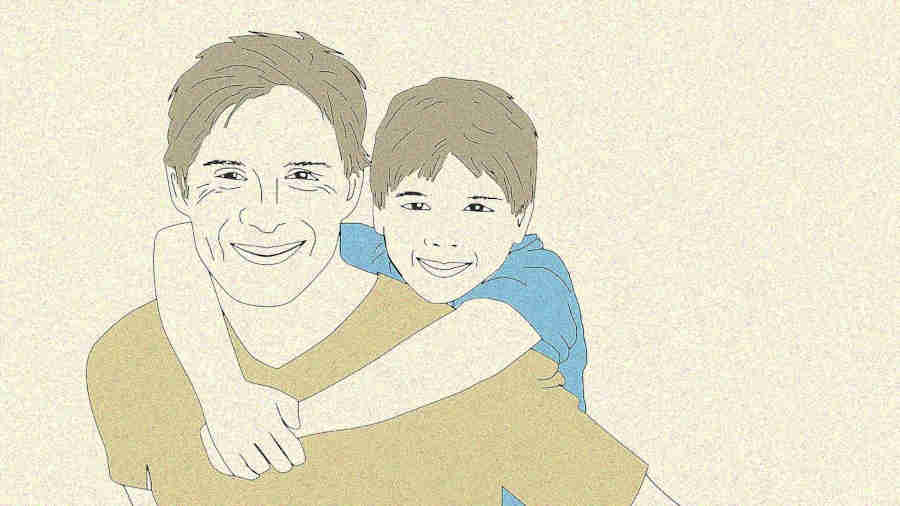
More than five out of ten sons may agree that their first ideal is their fathers. It may be related to success in a career or life.
A father might be ideal for the son to indulge in any addictions too.
In an article about changing father-son relationships, the Times of India mentioned friendly advice to fathers by clinical and health psychologist Dr. Kanan Khatau. He says;
“Bonding with your sons at an eraly age is always a good idea. This also helps you to know your children better, which is good because they will be more likely to turn to you in time of crisis without any fear. It also helps them avoid making wrong decisions that could put them in harm”.
-Dr. Kanan Khatau
Having said that, it’s not fair to put every responsibility on the shoulders of a father. As a son gets mature enough to recognize the basic cause-and-effect principle of life, it’s his responsibility to understand his father. The father’s background is the package of a variety of experiences that made him who he is today.
Depending on the age factor, the quality of the relationship between a father and son differs. When I say age factor, it need not be a numerical expression of bodily age. How old the thinking pattern of both of them also needs to be considered.
b. Father-Daughter:

The first male relationship for a girl is with her father.
When a girl begins to understand males, usually she keeps her father as a referral point. At that moment he becomes a representative of all male human beings in front of her.
Few things a girl child enjoys from her father;
- A sense of safety.
- Emotional strength.
- A best friend when she needs to escape from her mother, brother, or other family members.
A good father would also like to care, and show some concern when she needs it. The father is ready to do whatever is necessary (subject to his ability) for his daughter’s overall well-being.
Necessary Vs Unnecessary!
— Shreenidhi K (@SharingShree) May 6, 2024
Comparison in relationship.
A general saying is that "the affection of the father is more for the daughter than for the son".
Is it so?
If yes, why? pic.twitter.com/l09eVzdZaN
At the same time, we can not ignore the fact that still male dominance can be seen even in father-daughter relationships.
c. Mother-son:

The first feeder, the first teacher, the first shaper, a well-wisher. She’s none other than a mother.
Mothers’ common wish is that their sons be like The Sun. It may be in terms of a great personality, a highly successful man, or simply she wishes her son to be the happiest human being.
As we saw in the father-daughter relationship, this relationship is the starting point of a son’s perspective towards the females. Because of a mother’s role in shaping her son’s behaviors, I told her the first shaper. If this is right, then the son’s attitude toward females is based on “his mother is also a female”.
Comfortness in companionship, an element of fun now and then, anger, compromises, and sacrifices are involved in this connection.
The challenge for a mother is to bring moderation in her emotions toward her son. Too much pampering is the barrier to actual growth. Complete negligence may lead to the death of a healthy relationship.
d. Mother-daughter:
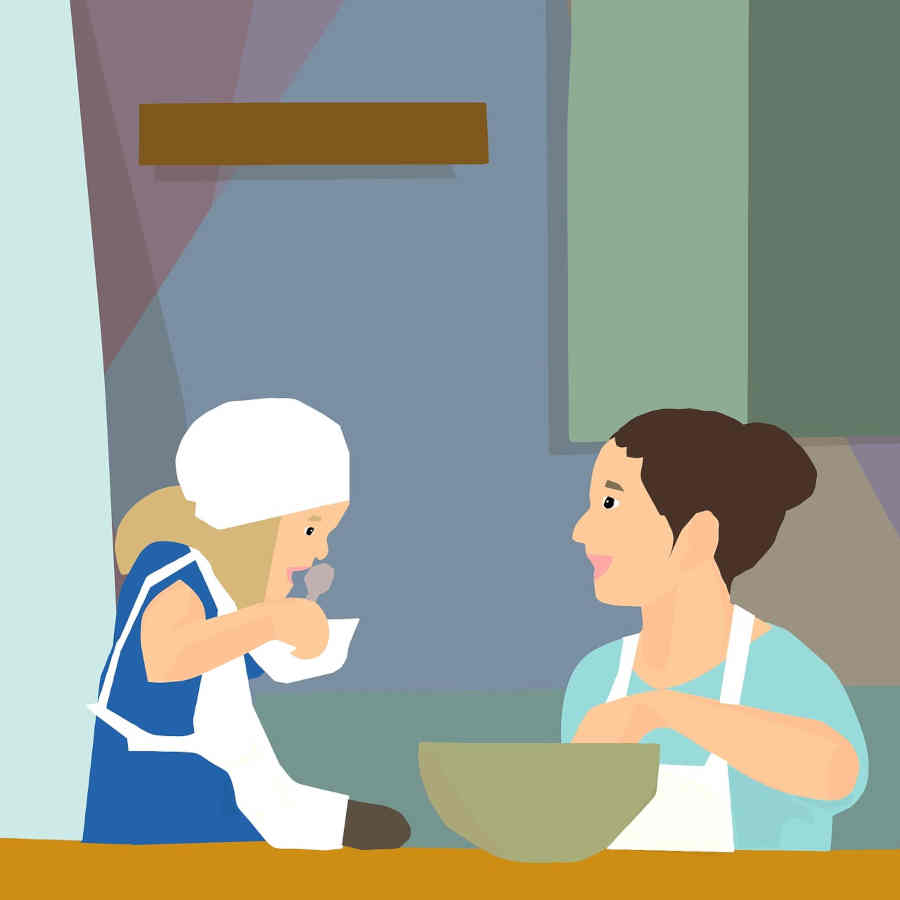
What would you say if I asked you about the significance of a mother-daughter relationship?
At the fundamental level, it is the link through which motherhood passes from a mother to the future mother (daughter).
Is that all?
While talking about the importance of the mother-daughter relationship in an article, motherjunction.com mentioned something interesting. Which is, “According to the Journal of Neuroscience, the mother-daughter relationship is known to be stronger than other parent-offspring relationships. And this is one relationship that helps women carve out every other relationship in life. Hence it is a valuable relationship for every woman”.
A brief overview of mother-daughter relations;
- This relationship is comfortable for both mother and daughter when it comes to dealing with “female problems”. Normally they support each other.
- Healthy (or unhealthy) fighting can be seen when the mother tries to teach her daughter a lot of manners lessons (especially in countries like India).
- The exchange of knowledge is a noticeable thing here. The daughter may learn a few rare tricks related to cooking from the mother. On the other hand, the mother may consult her daughter while buying the next best household product.
If I keep describing, the list will go on and on.
You and I have yet to discuss a lot more interesting things about other relations too. Hence, I rap-up this mother-daughter connection by sharing a question asked by Akshatha to her mother Sudha Murty (Auther, chairperson – Infosys Foundation). It helped Sudha Murty to find purpose in life (As she said). And the question was;
“Amma, You are now 45 years old. What exactly is your aim in life?”
These are a few pieces of information related to parent-child relationships. Though I can not generalize all relationships and various subjective situations, I hope these will help you to look at the relations from different standpoints or angles.
3. Siblings:
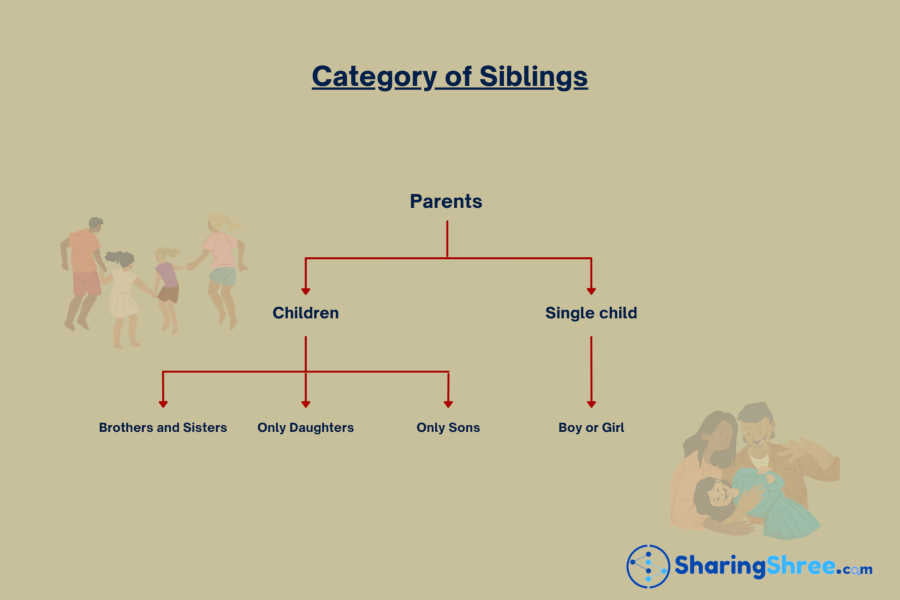
Almost 80% of children grow up with at least one brother or sister.
The lesser generational gap makes siblings more flexible in their relations. Their basic experiences of life are more or less similar. Which helps them to understand each other quickly.
Friendly siblings can be a foundation for managing other relationships in the family.
Now it’s time to look at each bond one by one.
a. Brother and Sister:
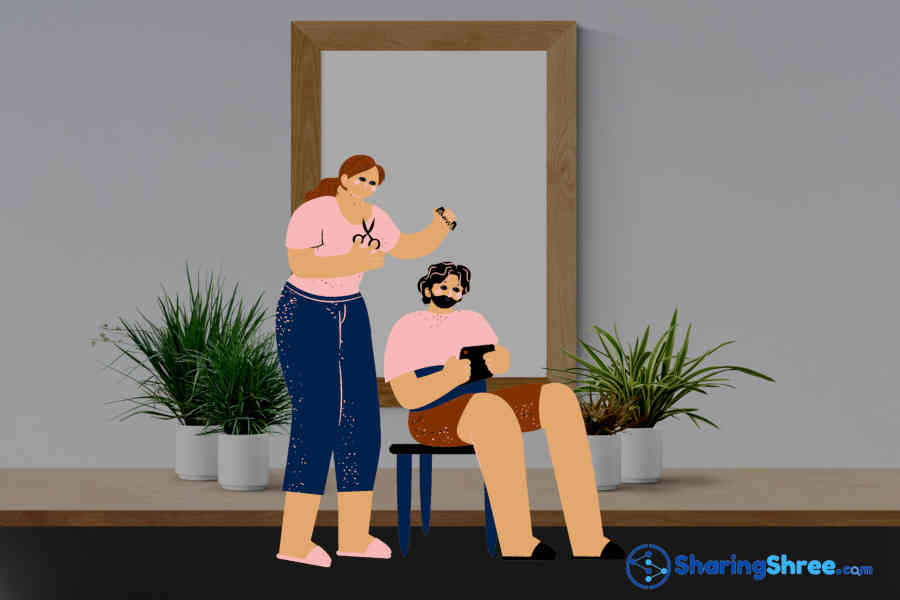
Families have their own beliefs, opinions, and calculations regarding children that they should be having. Parents with a son and daughter are the ideal family picture that most people have in their minds.
All kinds of relations have their benefits and challenges. Though the brother-sister bond sounds cute, is it really cute? come on, Let’s see;
- It’s cute when you see the caring nature of a brother or sister.
- From going to school together to helping with studies, they support each other wherever they can.
- Brothers and sisters are like mutual secret folders. They contain files that are hard to access for others.
- This relationship helps both brother and sister to understand the differences or similarities between living as a male or female.
Apart from these mutual benefits, children may face discrimination many times. Unnecessary comparisons are one big mistake from the parents’ side, which leads to serious mental pressure on children.
Based on the wrong idea of freedom, adulthood, or modernization if children ignore their parents completely, that is a foolish act to do.
In the case of dominance, extreme arrogance, or physical or psychological torture, complete separation may be the solution. I’ll consider these aspects of relationships when we talk about managing relationships later on.
b. Only Daughters No Sons:

What is the problem of having only daughters in a particular family?
First of all, blind conservatism is a big problem. Which is one of the causes of gender inequality. If such a notion exists in a family, then parents may fail to notice the true potential of their daughters. Low self-esteem and underconfidence become the main barriers to daughters who are born into similar families.
In families where happiness and growth are important, they don’t overthink the absence of male character.
A funny numerical imbalance (father being the only person as a male) can be witnessed here. The mother and daughters are best companions when it comes to female-associated topics such as shopping, cooking, or beauty-related matters. The father feels lonely as there is no one to discuss male-associated topics like politics.
c. Only Sons:
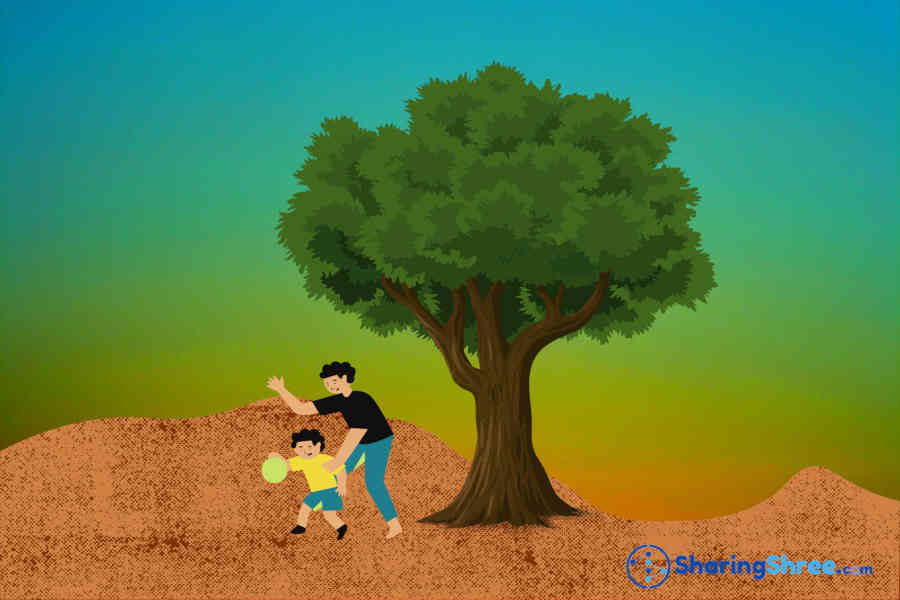
Involving in sports together, discussions on the automobile industry, the latest updates in gadgets, and online gaming are the few features of the brothers’ relationship.
What do you think, am I correct?
Closely connected brothers help one another in many ways. It may be in studies, financially, at the time of medical emergencies, etc.
When we talk about brothers, we can not forget the fights. In childhood, toys could be the reason, property when they’re adults.
If the house is filled with male characteristics (as mentioned above), the mother being the only female in the house senses the absence of another female in the form of a daughter.
d. Single Child:
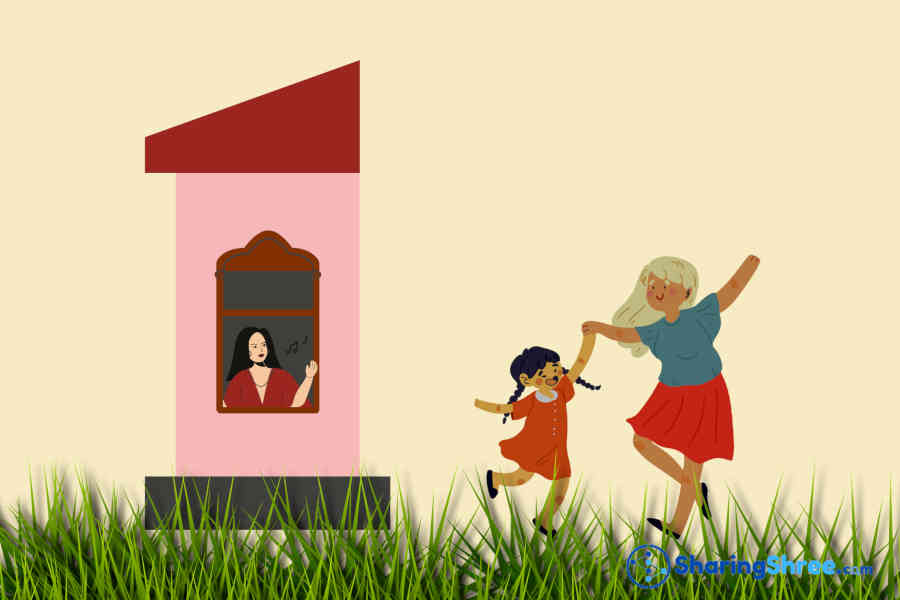
Are you the only child of your parents? (If yes, I haven’t forgotten you when I talk about siblings )
If you’re a single child, then probably you relate yourself to what I’m going to say. If not, then you may get to know how fortunate or unfortunate to have siblings in your life.
It’s a unique situation for both parents and the child. Because;
- It’s comparatively easy to pay attention to parents and the child gets such undivided attention.
- The parents’ difficulty is to find a balance between extreme pampering and complete negligence.
- A single child can live a highly successful life (unless pampered or neglected.) They’re inspired to face challenges and capable of managing all responsibilities.
- A son or daughter has to depend on either parents or close friends to share their feelings mainly at their adulthood stage. (Some may feel lonely too)
Having its pros and cons, single-child families additionally face questions and receive suggestions (though they don’t need them) from others.
If the parents can maintain a friendly relationship with their only child, then they can be best friends, even siblings to their child.
Now we have taken a walk around siblings’ relationships. You can consider this as an overview. Because the complexity of relationships is subject to the number of siblings in the family.
4. Niece and Nephew, Uncle and Aunt:

Here we are talking about the connection with parents siblings or siblings’ children.
After 40 years, the single-child rule has been reversed in China. Why? Because generations have grown up without the close family connection of siblings, uncles, and aunts.
Right from tossing up in the air, teaching how to ride a bicycle, and helping in education the movement of this relationship is quite interesting.
Gathering often, sharing achievements and family worries, and supporting one another in adversities are the scenarios of this relationship.
5. Cousins:
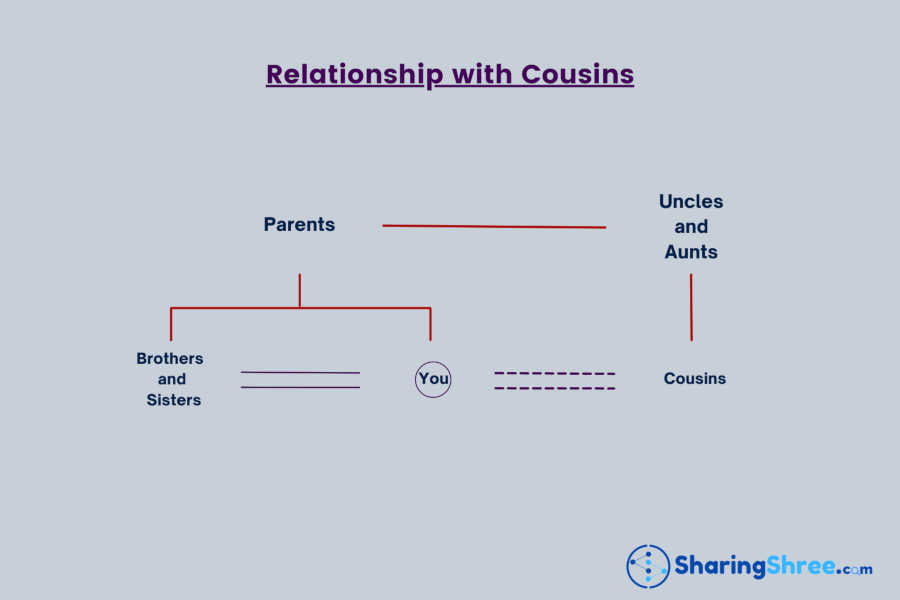
What role do cousins play in your life?
Are they limited to showing to someone in a photo album of a function saying “Hey… these are all my cousins’?
Of course not. They’re part of an extended family. The first or distant, cousins are relatives by blood.
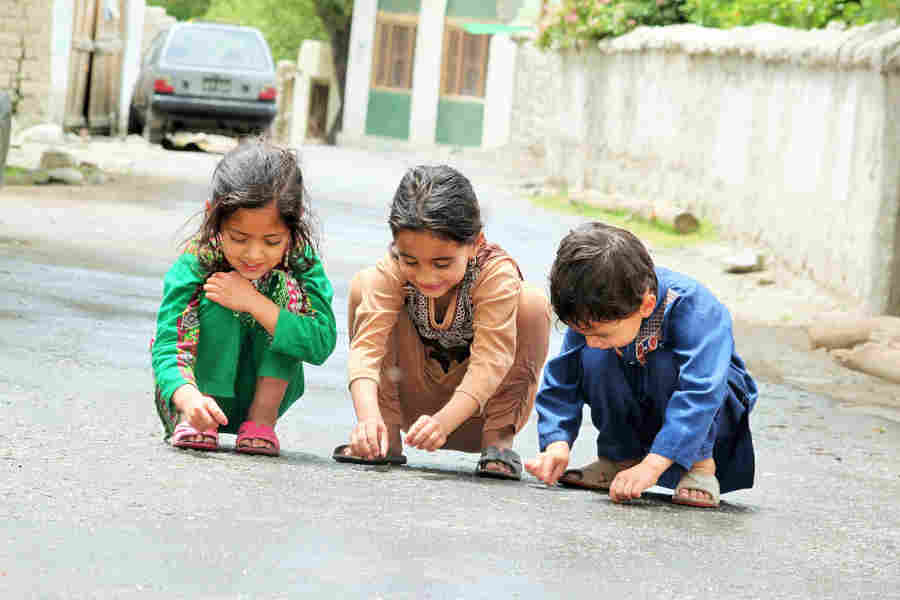
A stand-out feature in cousins’ relations is there’s psychological space that is mostly absent in the immediate family. Hence, few people feel the freedom to communicate.
While young, cousins are crime partners in family functions. Friendly professional guidance, and trying to find solutions to largely affecting family problems are what we commonly see between adult cousins.
6. Friendship:

Are you wondering why am I bringing up the topic of friendship while discussing how to manage relationships?
Listen, I have a task for you. List down the important persons in your life with whom you don’t want to lose connection at all.
Even if you just think, probably there is a person (or two), who may not be biologically relative, but much more than that.
Well, relationship and friendship sounds completely different. But if you closely observe, you won’t find it wrong to say that friendship is a type of relationship. As we saw at the beginning, the relationship is nothing but a connection between two persons.
Freedom, mutual caring, comfort in conversation, learning and sharing, and jolly riding are a few elements that signify the importance of a close friend.
In fact when you think of a healthy relationship, probably you’re pointing toward the essence of friendliness that exists in such relations.
We can also say that friendship makes management easy in close relationships.
Are you enjoying our conversation?
7. Couple Relationships:
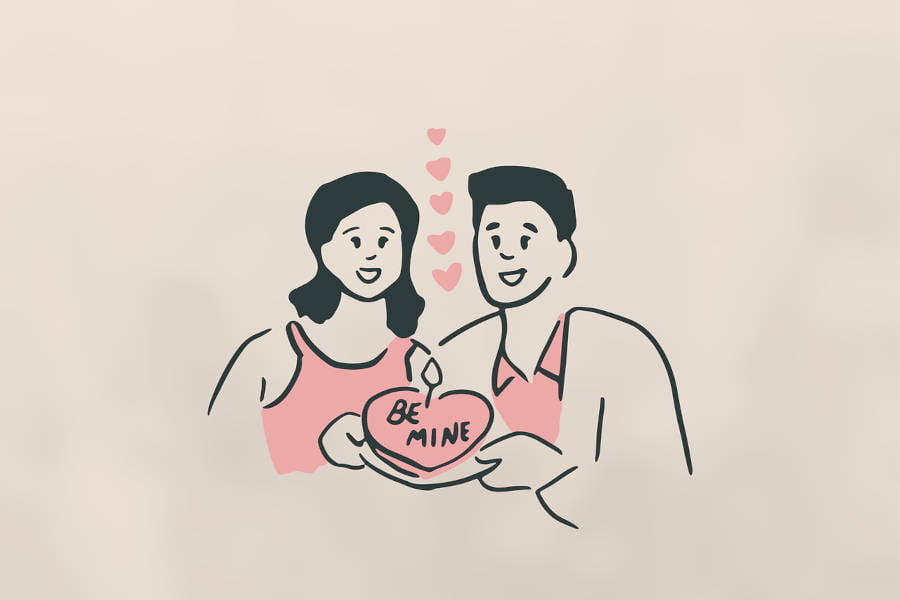
Yes!
We are going to talk about a boy-girl or a male-female relationship. You might have remembered what I said at the very beginning of this long-tail article. The relationship word is heavily associated with couples. So how come it is possible to move on without mentioning this separately?
a. Teenage Relationships:

As the word suggests, age is the recognizable point here. Teenage is a crucial stage for a person in constructing a successful career and building a strong relationship in the future.
It’s time spam where a lot of changes take place both biologically as well as psychologically.
Of course, we are not studying science here. However, having proper knowledge of this kind will prevent teenagers from interpreting the relationship in a wrong way.
Over exploring only physical aspects of the relationship, constant usage of the word break-up is what we witness in teenagers presently. This is not a good sign, is it?
Teenage can be a great period for one who wants to learn about real relationships. As one gets older and older, it’s difficult to find answers to basic questions such as “How to Solve Problems in a Relationship?“.
If any teenager is serious about this topic, he/she is an adult.
b. Adult Relationships:

When a couple or anyone among them realizes that a relationship is much more than simply texting, or time passing, then that relationship can be considered an adult relationship.
This couple calculates all possibilities of their future. Communication between them includes deeper aspects than merely casual. They are more serious about managing relationships effectively than early teenagers.
The couple who treat relationships seriously, won’t use this opportunity to fulfill their own selfish needs. Their decisions are based on two-way benefits.
Adults sometimes feel confused to recognize whether they are close friends or are in a relationship. In such a case identifying the Friendship to Relationship Stages becomes important.
c. Husband-Wife:

Who wants to know about successful husband-wife relations?
People in a miserable after-marriage life who want to find ways to make it better, or people who are yet to marry to understand what is involved in it.
From the outside, it’s quite easy to predict, suggest, or evaluate what is right and wrong. But married couples know how easy or difficult it is to handle a relationship after marriage.
There are lots of influential factors. The challenge is to live with a person who has different experiences and knowledge of life. When these dominate the actions, clashes are bound to happen. When one realizes this, he/she not only begins to understand his/herself but also the other person easily.
I think that’s the secret of a sustained close friendship. But for most, once they put the seal of relationship on themselves, there is no question of friendship, they live robotically.
8. All ‘In-Laws’ Relations:
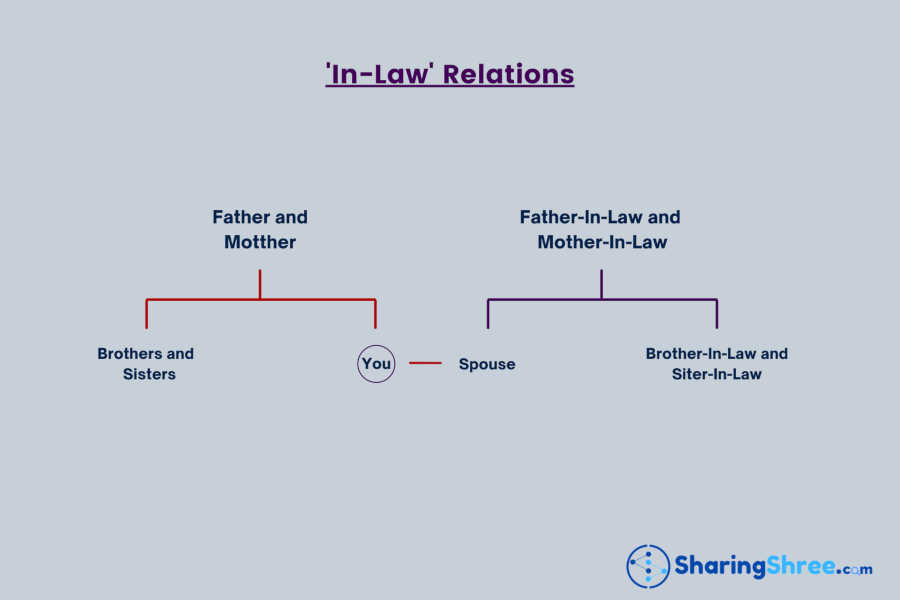
All ‘in-law’ relationships are more or less aligned with what we discussed till now.
The one main factor that decides how good or bad all relationships come under the in-law tag, is the family boundary.
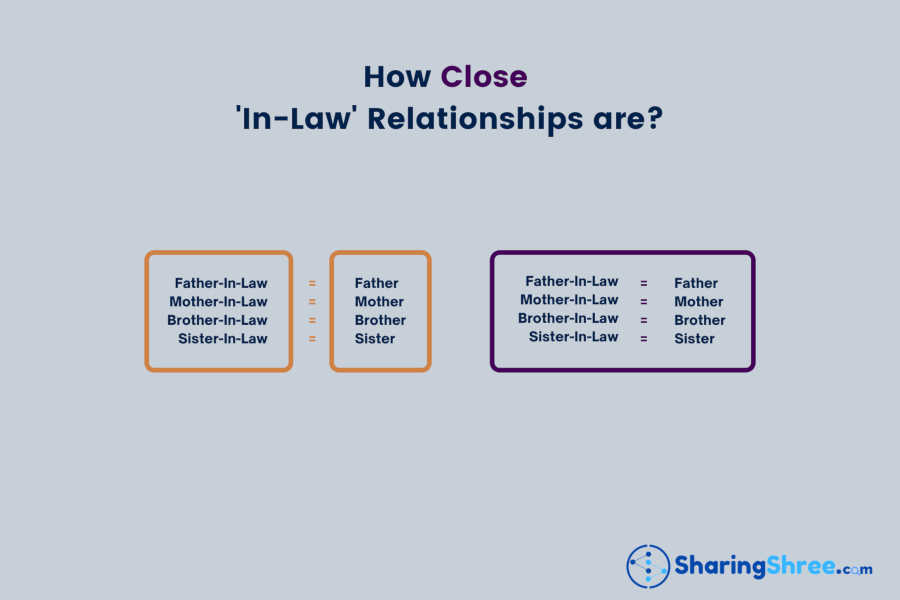
For instance– If the son-in-law or daughter-in-law is treated as a late entry (you know what I mean), then the relation quality would be average or even below that. The result will exactly be the same when the father-in-law or mother-in-law is treated under a don’t care policy (simply neglecting every time).
Summary of Part A:
Yeah… We have finished with a discussion on personal relationships. We began from the core of all relationships. From grandparents to all ‘in-law’ relations, we considered major influential factors quickly.
Key points;
- The relationship and the persons involved in it must be treated equally. This prevents unnecessarily obeying or dominating others.
- All connections in a personal relationship are interlinked. As a result, any major changes in a particular relationship impact others too.
- There is no choice when it comes to the kind of persons involved in the few personal relationships like parents, children, or siblings.
This part of human relations is also influenced by the family type. We haven’t treated them separately in this article to keep things simple.
The wings of relationships are comparatively less in macro or small families. In the case of a joint family, complexity increases due to the increased number of family members. So the difficulty of managing relationships varies accordingly.
Read SharingShree’s post on “How to Get Rid of Joint Family Problems?” to get more insights into joint mainly problems.
A better understanding of close relationships helps to handle other branches like professional relations or social connections.
Shall we move on?
Part B – Professional Relationships:
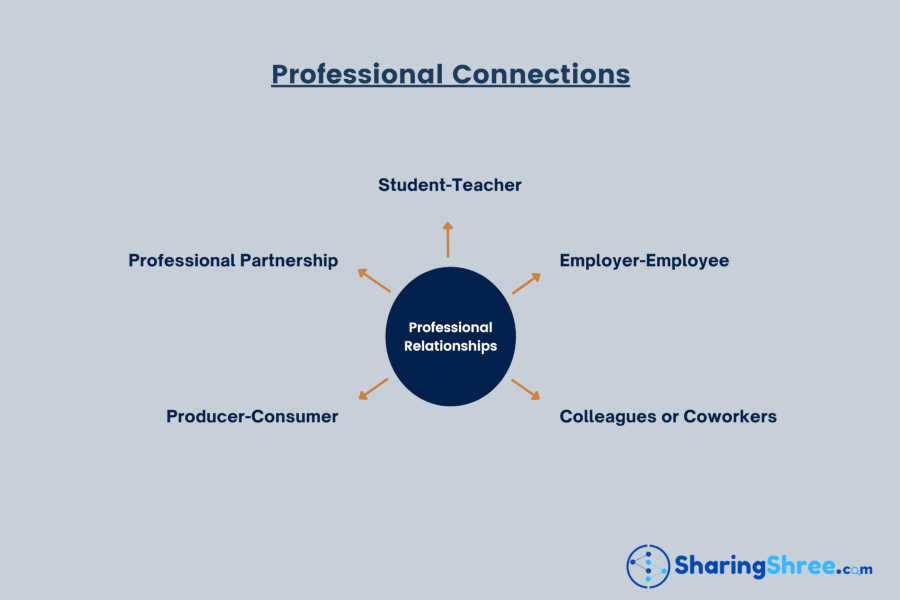
A relationship becomes professional when there is an element of business or money involved. It can also be called workplace relationships or connections related to careers.
On average, a common man spends more than one-third (1/3) of his time professionally. That shows the necessity of less complicated workplace relations.
1. Student-Teacher Relationship:
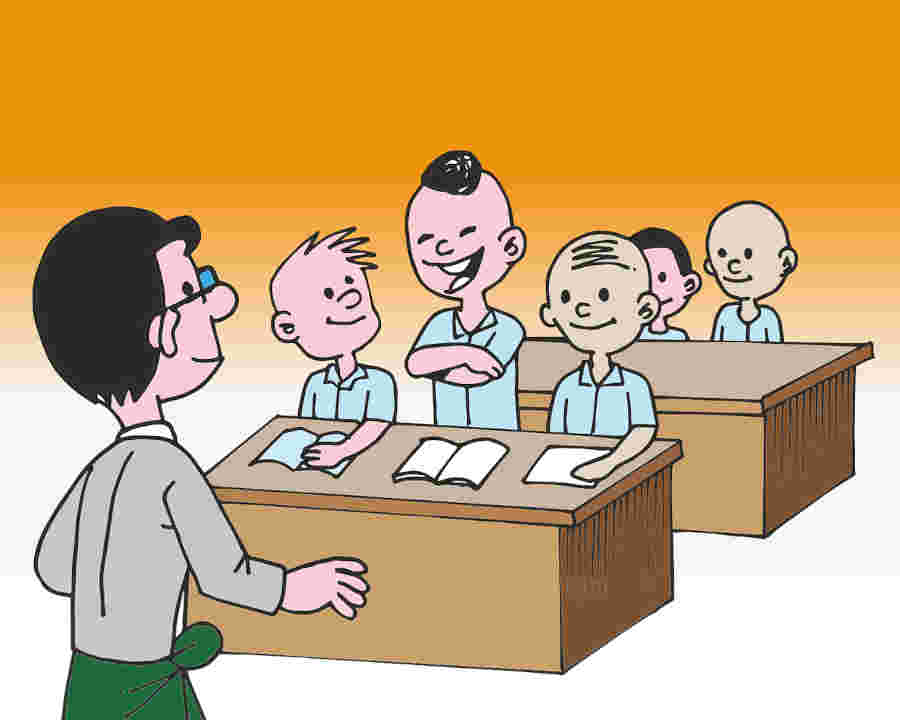
Schools and colleges pop up in our minds when we think of students and teachers. Nothing wrong, but it covers even more than that. One who is learning is a student, and one who shares his/her experience and knowledge is a teacher (irrespective of the subject).
In schools and colleges, teachers are already under pressure to complete their syllabus. Teachers want students not to take them lightly. They also have personal commitments. All of these make them strict with students (subject to correction).
I think trying to learn how to manage relationships between students and teachers can be a foundational element for handling other professional connections.
Students on the other side have their expectations and calculations. That makes them choose a few as favorites.
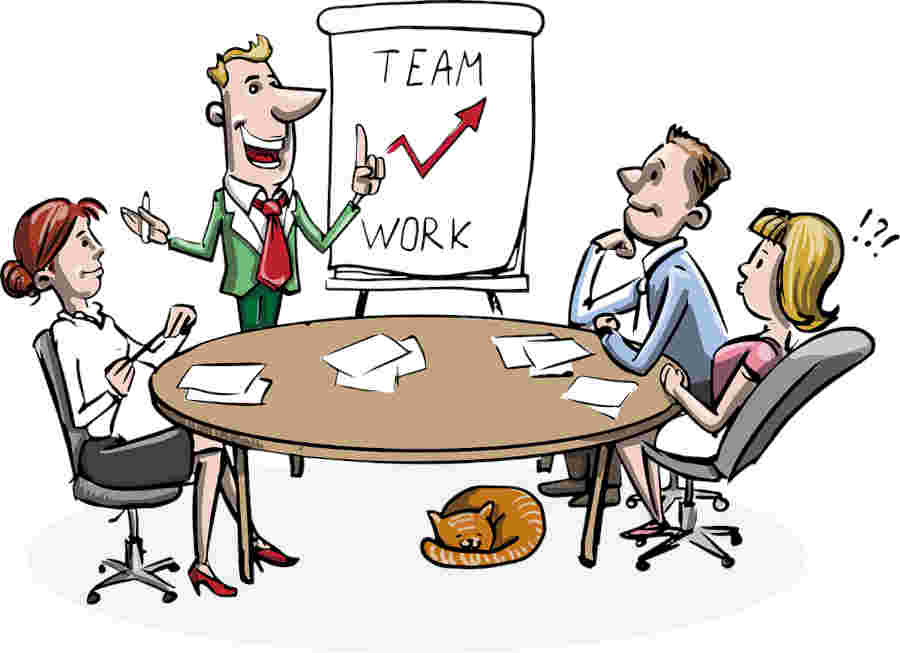
Mentor-mentee is also a teacher-student relationship. This sounds more professional. The practical application of theoretical information is the main aim of such a relationship.
Here, the number of students or learners is limited. This helps the mentor to pay more attention to each mentee and the opportunity for learning increases for every mentee. Both mentors and mentees are likely to be interested in the subjects they are dealing with.
2. Employer-Employee:

This is one of the most formal relationships out there.
Theoretically, both employer and employee want to match the performance and payment. But it happens very rarely. Either the employer won’t pay the right amount or the employee won’t work correctly for what he gets in return.
Formalities, mutual respect (at least at the front end), and following orders are a few characteristics of this relationship. Communication from the employer’s side is normally authoritative. Being in the position of following, the employee is required to be calm.
The employers who make employees work without humanity abuse this helplessness of the employees. Though it is common up to a certain point, an employee must be aware of extremes where it’s not worth the tolerance.
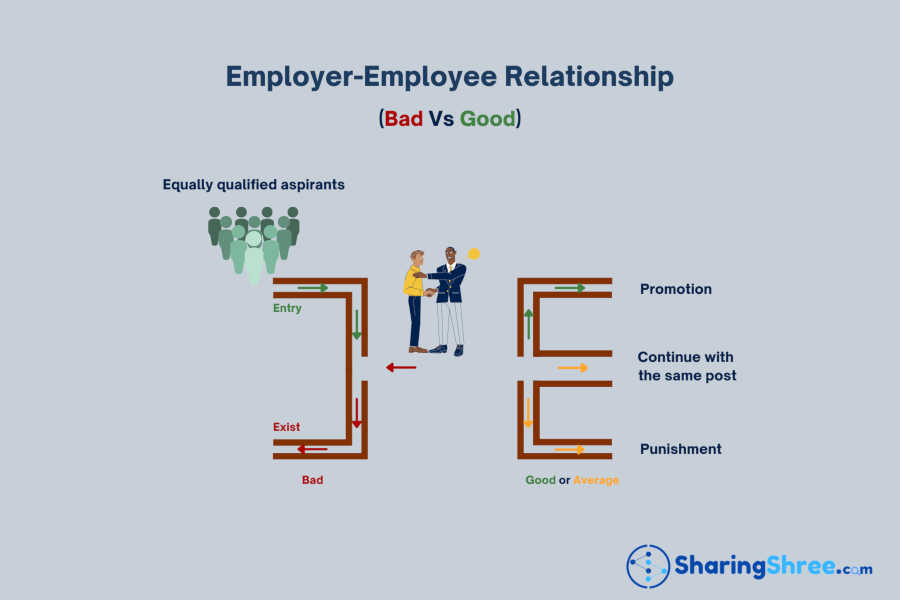
Especially in large organizations, employers look at employees as replaceable. But the employee is concerned about his/her job. That’s why coping is largely seen from an employee’s side. (This is not so in the case of a highly qualified employee)
An interesting point to note for both employer and the employee is, “Happy workers are 13% more productive”, said a study by Oxford University. Read the report to know what exactly they found.
3. Colleagues or Coworkers:

Colleagues are those who are in the same profession with the same professional end goals. There may be differences in knowledge and skills or organizations they work for.
Coworkers, on the other hand, work for the same organization/company or a project. Their jobs, roles they play, or what typically people call levels are different in the organization.
Example– For A bank clerk, the cleaning people, cashier, and manager are coworkers. Clerks of any other bank including the same bank are colleagues of A clerk. That means clerks of the same bank are both colleagues and coworkers.

This is important because the quality of the relationship between colleagues and coworkers depends on their end goals. The presence of authoritativeness is comparatively more between coworkers than between colleagues. The relationship can be friendly if there is no competition for the same position.
4. Producer and Consumer (or Customer):

Today companies or brands are closer friends with their consumers than ever before. The reason is social media platforms.
Watching ads on TV or seeing some brand presence in newspapers, then buying products or services, this was happening earlier. But today consumers are directly in contact with brands via social media or their websites.
Liking, sharing, and commenting are the way of response from consumers. In return, brands can understand their consumers much more deeply and provide them with exactly what they want or even more than that.
You’re reading patiently so far. That means we have a good consumer and producer relationship, don’t we?
5. Partnership:

No doubt, here we are talking about professional or business partners.
There are two or more persons in a partnership. They are joined together to achieve a particular business goal that is otherwise difficult or is not possible individually.
The nature of a partnership varies with the type of business or the requirements of partners. One may invest the entire money and the other may take care of the whole work. Or else, they may invest both money and effort equally.
As experts say, complimentary relation works well here. For instance– A person with good technical skills and a creative marketer with other management skills can become good partners.
Summary of Part B:
We have quickly looked at professional or career-based relationships
Here are a few key points;
- The quality of professional relationships can not be ignored. Because more than 1/3 of the time is invested there.
- Unnecessary mixing up of personal and professional relations may lead to misery on either side.
- The involvement of legal formality and money are major influential factors in this connection.
Now we have covered two major branches or angles of relations that we need to take care of while managing relationships.
But are relationships limited to these in our daily lives?
Let us discuss the final part.
Part C – General Relationships:
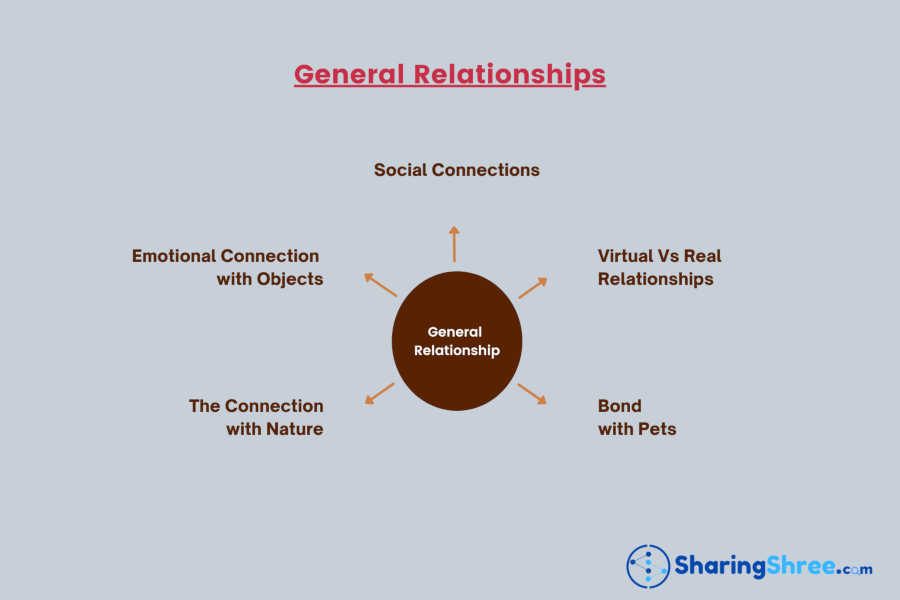
Human relationship is not limited to connection with other human beings. It also extends to animals and non-living objects too.
Go through them quickly;
1. Social Connections:
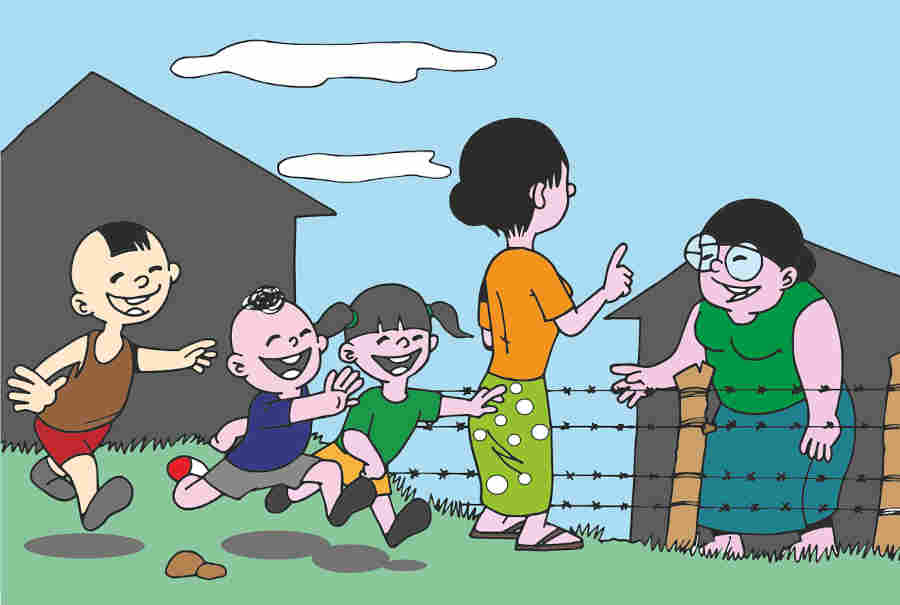
Social connection in itself is a broad topic. Staring from neighbors to various groups in which a person is actively involved, comes under this section.
If neighbors have permanent residence for themselves, then neglecting each other is probably not possible. They act as CC TV both positively and negatively.
Having problems in one’s own house, some are curious to know and play with neighbors’ family issues. Few friendly neighbors on the other hand keep an eye on your house when you leave for a few days.
Groups or non-profit organizations are connecting junctions of people at large. Here relations are based on common goals. Religious groups and public organizations are easily recognizable social relation hubs.
2. Virtual Vs Real Relationship:
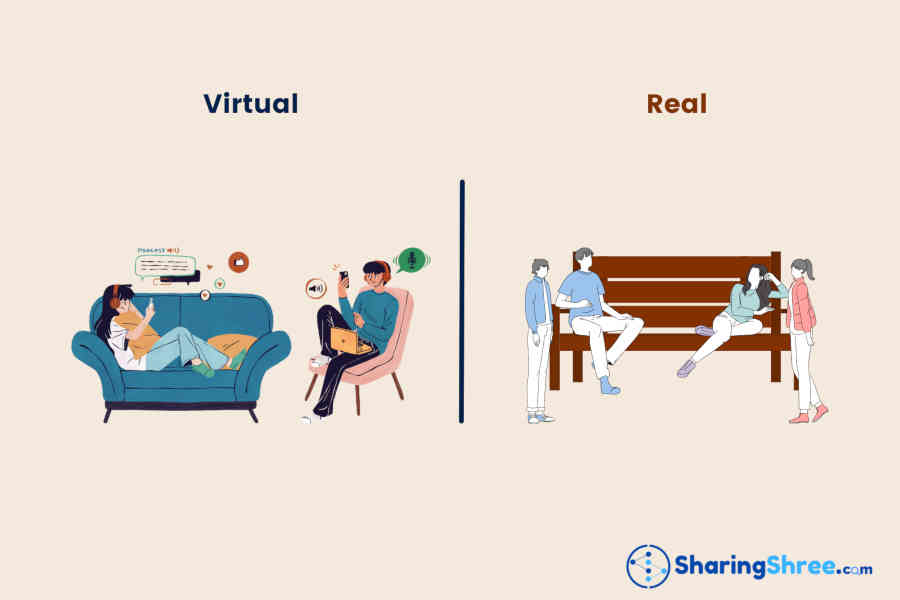
When we talk about social connections, differentiating them as virtual and real becomes important.
A real relationship means you meet face to face or you know them offline too. But the virtual or online relationship is based on the internet or social media platforms.
There’s nothing wrong with connecting with people worldwide. In fact, that is one of the objectives of social media. Today those are not limited to just connecting people, but people rely on them for the latest updates related to their interested topics.
Things to consider;
- The importance, intention, and intensity of virtual relationships decide how good or bad they are.
- It’s necessary to be aware of building perspectives toward someone, which may not be real.
- Overly indulging in virtual relationships may badly affect your people skills.
In an article on the effects of social media on relationships, mindbodygreen.com mentioned some interesting facts. they are
Social media is helpful to those who are single and stepping into relationships.
According to a Tinder survey, “Online dating can be especially helpful for the LGBTQ+ community. Of 1000 LGBTQ+ adults who took the survey, 80% say online dating and dating apps have helped their community. 52% feel more comfortable being themselves, and 42% say it’s easier to explore their identity”.
The behavioral therapist Chamin Ajjan. M.S., LCSW. A-CBT, says “What you mostly see are curated and filtered posts that only highlight unrealistic images of what a relationship is”.
You can read the full article to learn about other positive and negative impacts.
3. Bond with Animals (Pets):

Do you have pets in your home?
If not, no issues. But why do people love pets (sometimes more than human beings)?
The use of animals for their benefit is the nature of human beings. For instance, people raise cats to catch rats, and dogs to make the raiser alert.
They’re not limited to these defined tasks. It’s not even possible to fit their description in a few lines.
For the time being, I say pets will be there with you irrespective of happiness or sorrow. They can sense and feel what you’re going through.
4. The Connection with Nature:

What is your relationship with nature?
This sounds rather philosophical. But don’t make it so, because that word is losing its true meaning.
Anyhow, right from the air that you breathe and the space you are in, says that you are part of nature. There is no need to create a new relationship, you’re already related.
One reason behind the excessive stress or anxiety could be unawareness of our relationship with nature. If you are ever been to a hill station, you would probably know what I’m talking about. You can even check this right now by paying attention to your breath or the space around you.
People associate a person who is spending time in nature with loneliness or insecurity. But it may not be true always. Instead, it could be a reason why he/she can understand “How to Overcome Insecurity in Relationship“.
5. Emotional Connection with Objects:

One last point that we can not skip.
In childhood, a favorite pencil, eraser, pen, or clothes, brings a smile to children’s faces. Later on vehicles, dream houses or property, jewels, and so on.
We can not generalize this point. Because everyone has their taste preferences and requirements.
For example– For a few people vehicles are a means of transportation and treat them up to that level. But for another few, they are emotions. A scratch on their vehicles brings a ‘crack’ in their heart.
Summary of Part C:
General relationships play a supportive role in life. We glanced over a few branches of relations that are worth taking care of.
Key points to note;
- Social connections help in improving people’s skills. Differentiating between necessary and unnecessary will prevent conflicts.
- A virtual and real relationship is better than a virtual vs real relationship.
- Having a good relationship with animals and being aware of the connection with nature will nurture happiness.
Finally, we have looked at our map of relationships and how they are connected.
Along with knowing the nature of all relations, profoundly understanding them, and trying to minimize conflicts as much as possible are also important.
What is next then?
Is Managing Relationships Tough?
The Next 50%
Knowing and understanding the people with whom we live may be easy up to a certain point. But how to deal with a variety of issues that arise constantly! Oh..! If problems arise in any corner, they won’t stop there. Within no time, a train of problems begins to run.
How to handle all of them?
Let us see 3 initial steps;
1. Recognize The Role of Relationships:
Recognizing the role helps to bring clarity to relations. You can also call this the process of identifying the right place for relationships in daily life.
For a person who has never thought of the importance of conflict-free relationships, relationship management has no meaning to that person.
Example– Wealth creation is the most important aspect of human life. In that process, it seems difficult to pay attention to other relations (mainly close relationships).
A person can observe his/her attitude and find out whether they’re neglecting or genuinely he/she is not able to involved with close people as much as they want.
If it is negligence, then there will be no one to share the happiness after accumulating innumerous wealth (except the people who are looking to use that wealth or the person).
In case one has any genuine reason, communicating with closely related people and even trying to spend some time with them could be a better option.
2. Question The Definition of “Correct Relationships”:
Our minds are filled with the concepts of right and wrong. The relationship is not an exception to this.
Concepts are developed from what we perceive. It may be directly from surroundings, by consuming content constantly (like novels, movies, or serials), by following ideal couples or families (celebrities), or by being taught cultural values or traditions.
Example– In culture-rich eastern countries, obeying without questioning is part of the relationship. In economically rich Western countries, obeying or adjusting has little meaning in a personal relationship.
Which is correct?
If your definition of perfect relations is merely fiction, or if you think the perfect relationship is a myth, both are hindrances to good relationship management. Because our actions follow what we think or believe.
Hence, defining what is a successful relationship for you is your task. Learning from those who share both pros and cons and do not fantasize, will help you to move in the right direction.
3. Prioritize Relationships:
Prioritized relationships are comparatively easy to manage.
Example– If there is no priority within a family, the members mock themselves in front of a third party. Either the third party will enjoy the show, or they will use this to get the best out of it.
Managing personal and private relations is also a tricky task. It is subject to the profession or nature of the work you do.
In a nutshell, the common ground of priority can be divided into two. Based on the importance of the person/ family and the importance of the time/situation, you’re in.
I hope you’re much more confident in managing relationships than before, aren’t you?
Frequently Asked Questions:
(Click to expand)
Conclusion:
Today You and I have gone through all the important types of relationships that directly and indirectly influence the way you manage relationships in daily life.
To sum it up, categorizing relationships as personal, professional, and general relations is an easy way to bring clarity. Such clarity acts as a key to recognizing the importance of every relationship, and its interconnections.
Taking steps like Identifying the roles, prioritization, and verifying the definition of good relationships from different angles is helpful.
Finally, managing relationships is not a big deal for a person (like you) who has carefully read this far and is interested in learning.
Do you have something to add? If yes, leave a comment down below so that you can help the other readers too.
I have a question for you. Which is the most important relationship according to you?

Author and Publisher
Shreenidhi K
Hey, I’m Shreenidhi. I have created SharingShree to mutually learn and share content including experience and knowledge gathering while providing online marketing services for businesses through OnlineShree. Know More.
